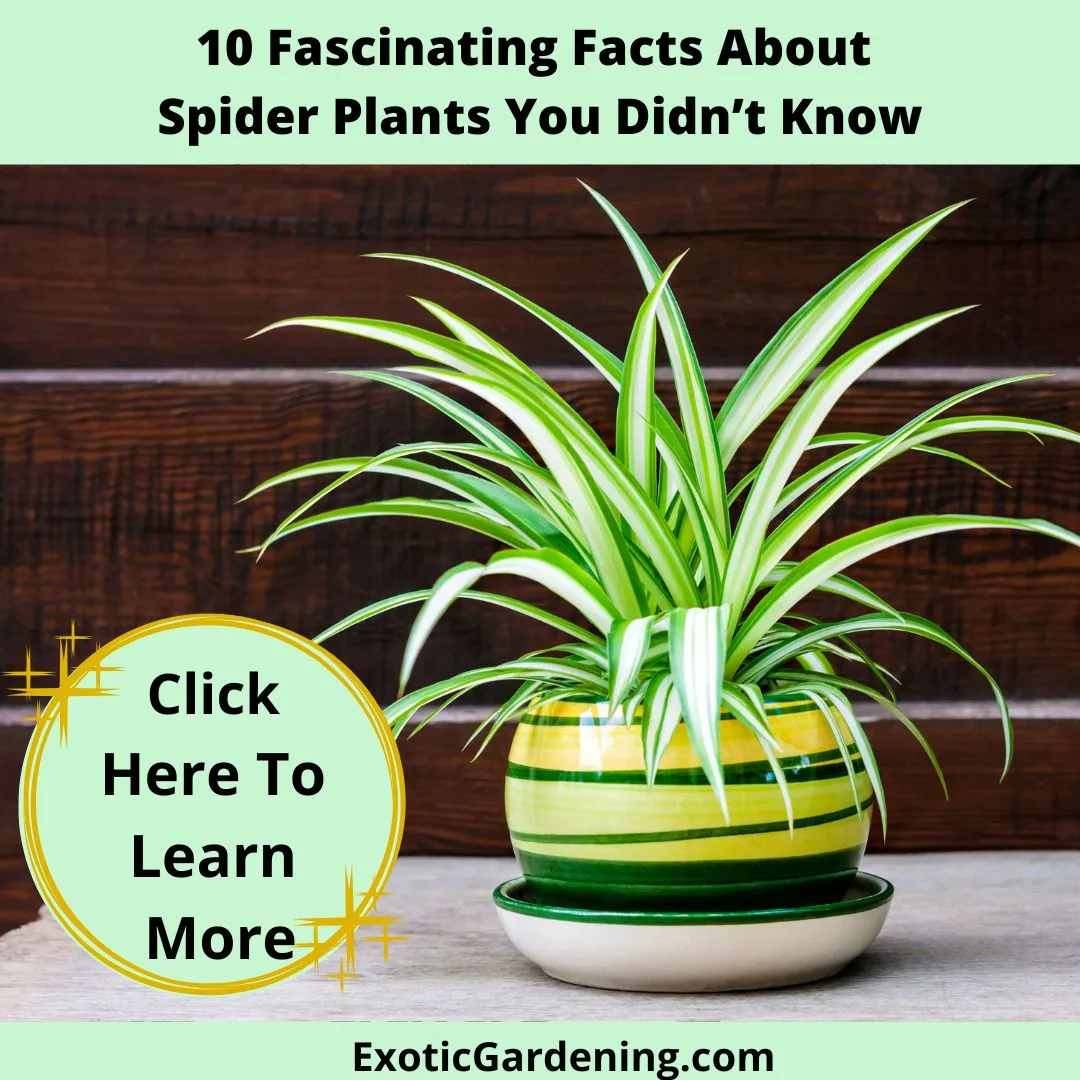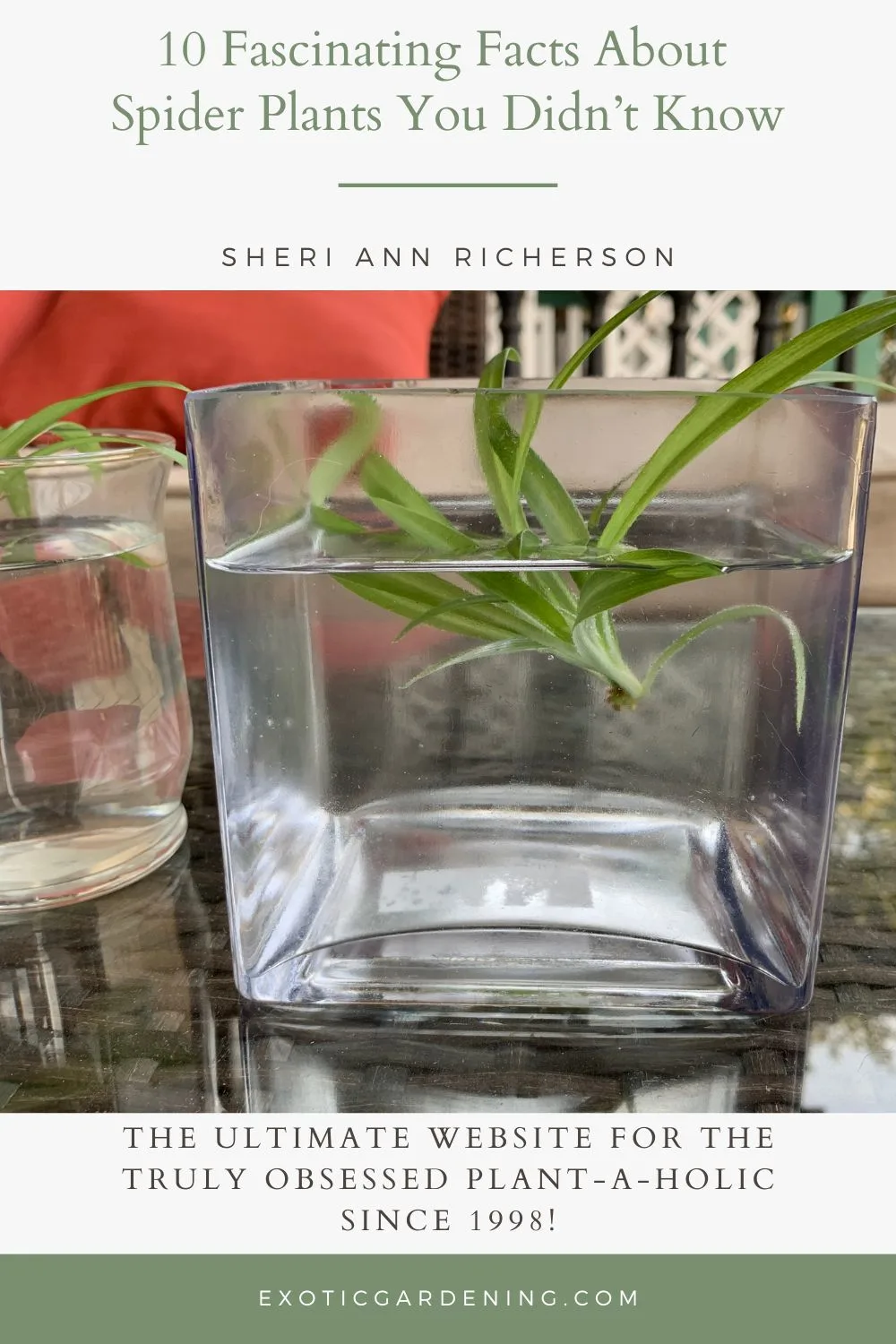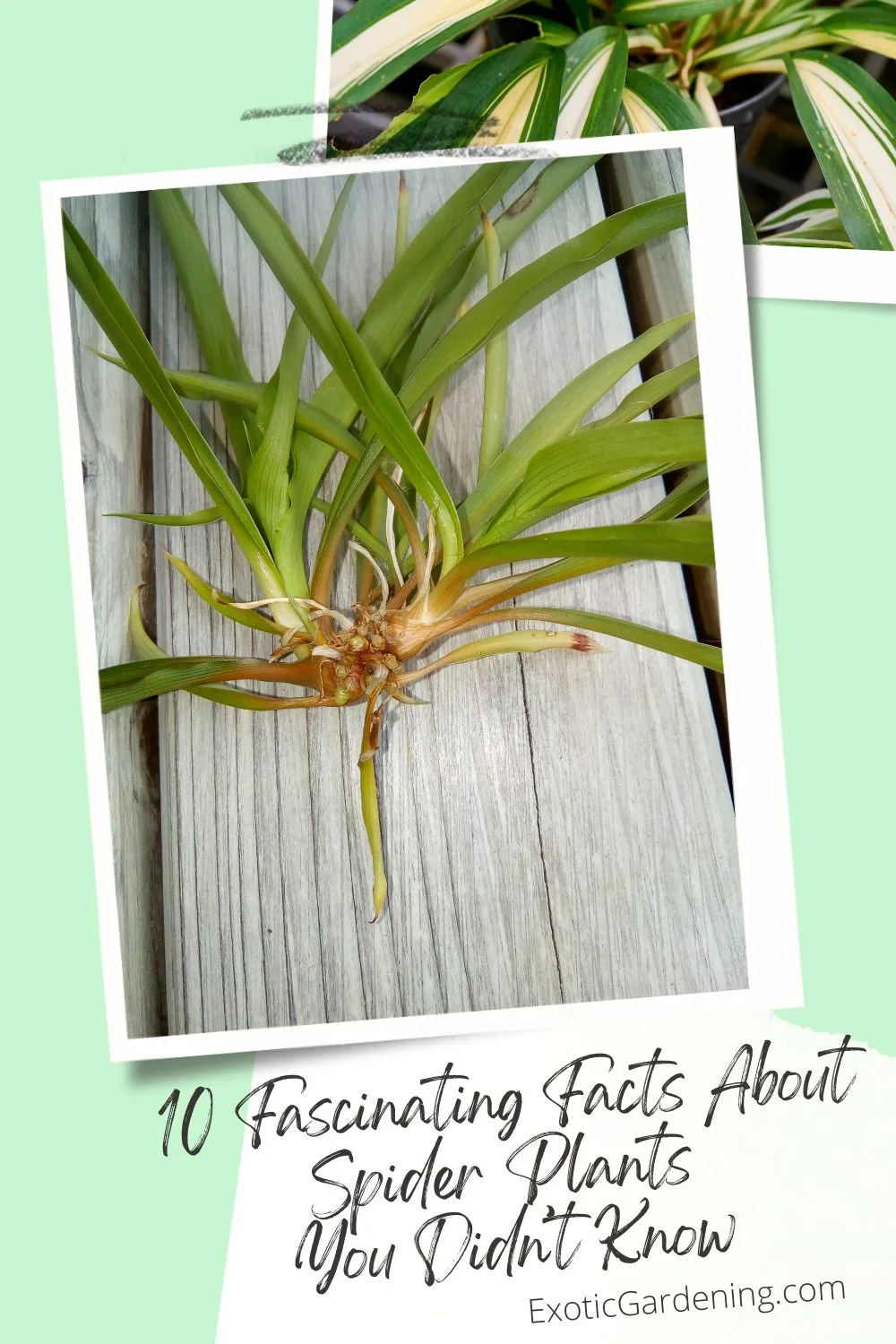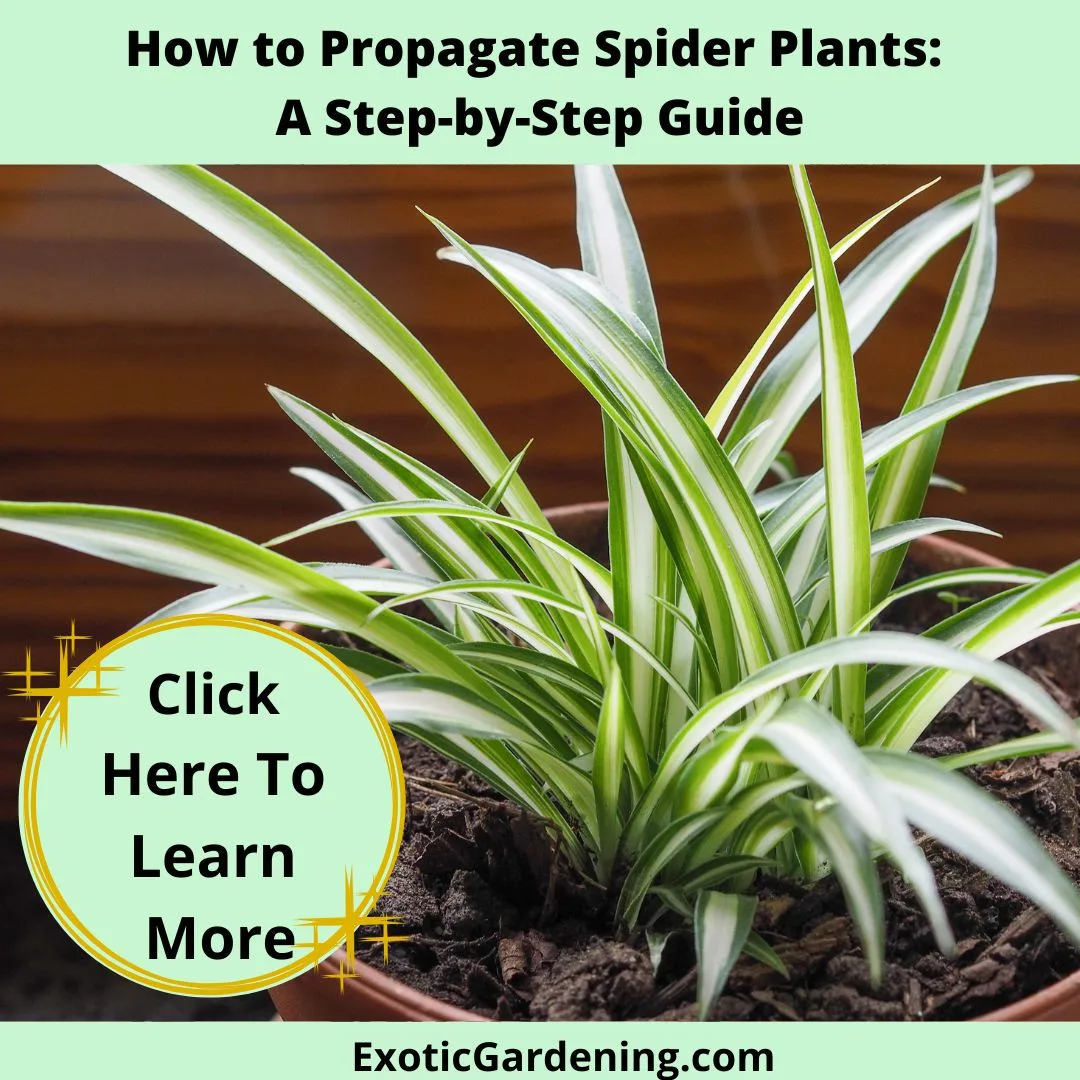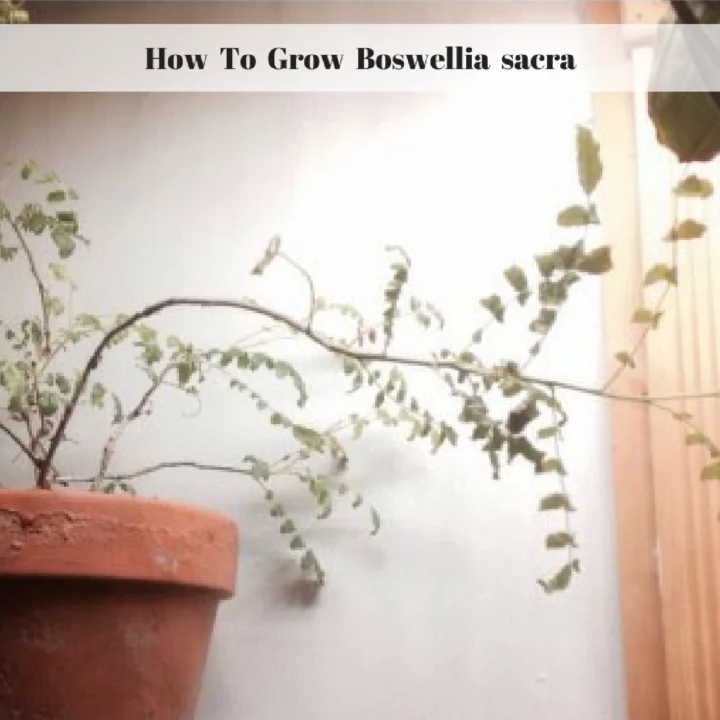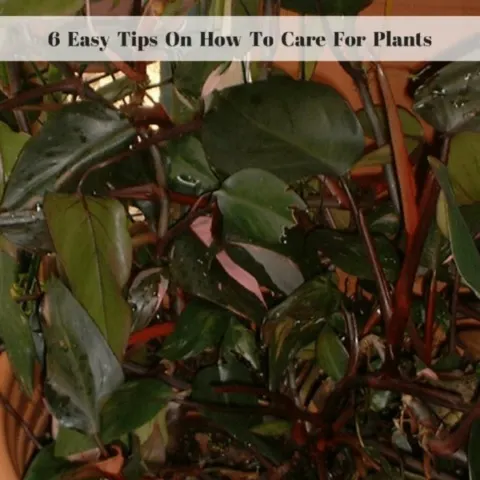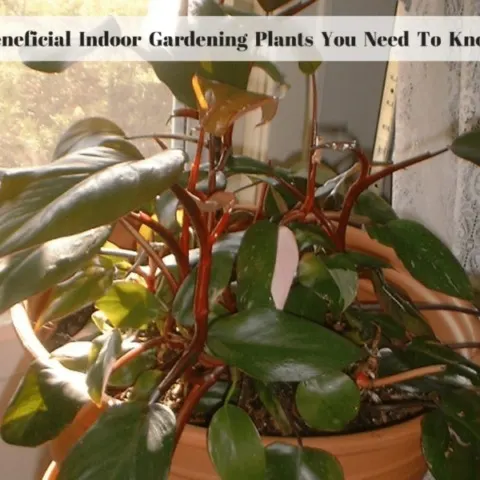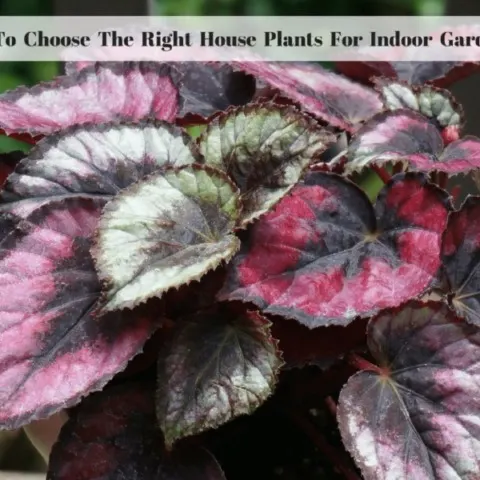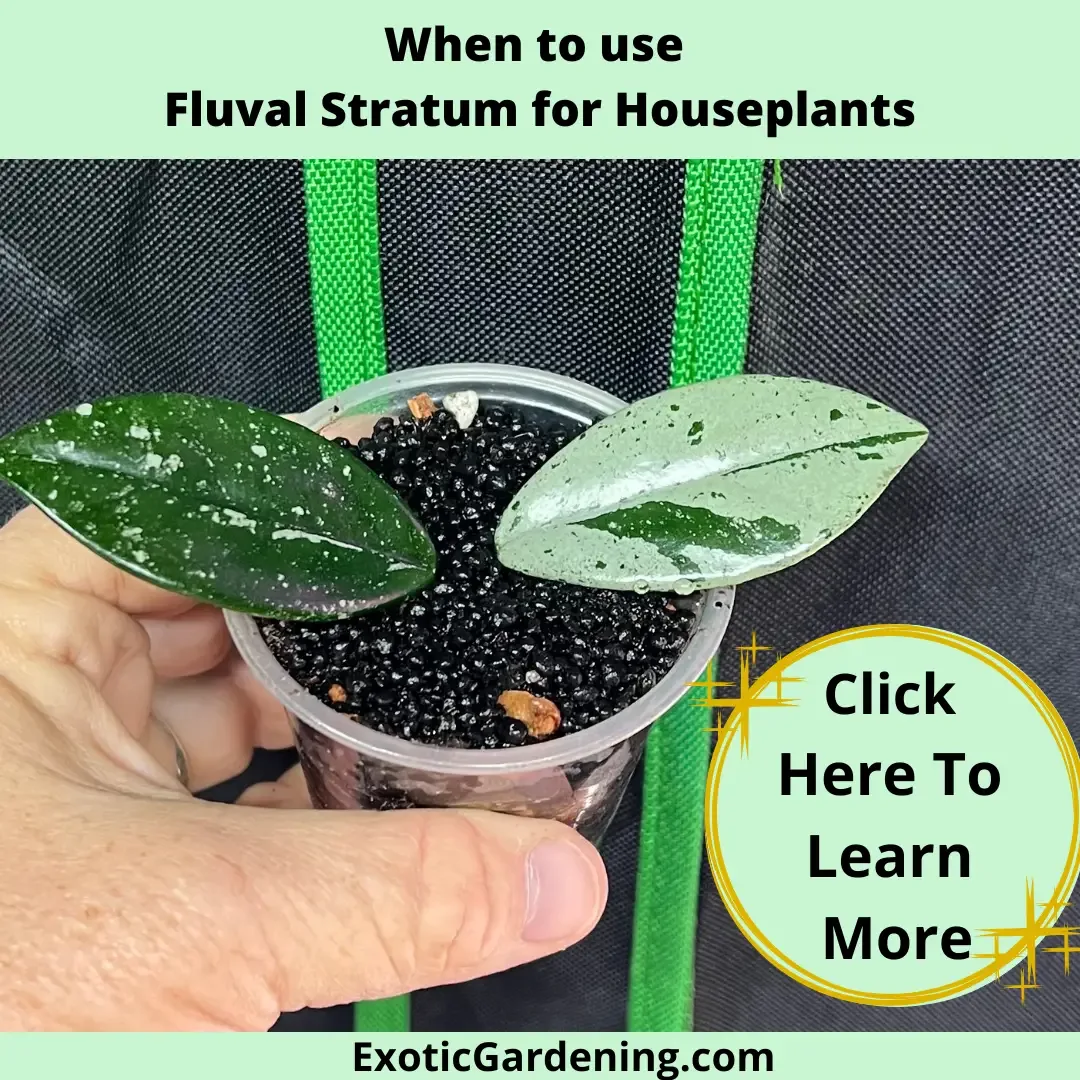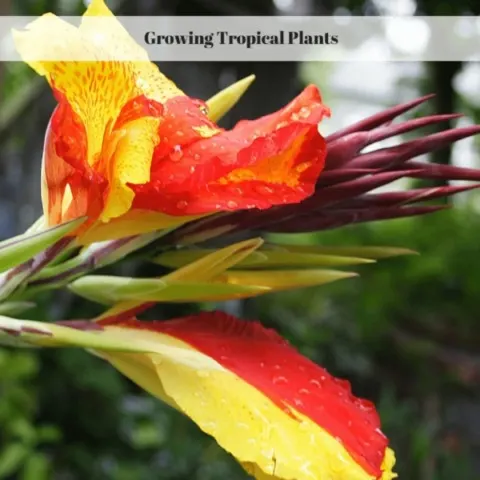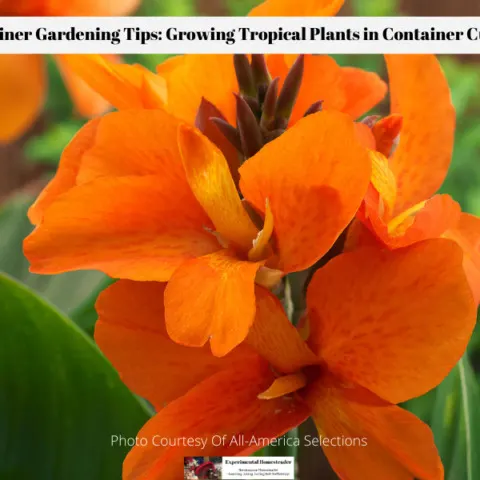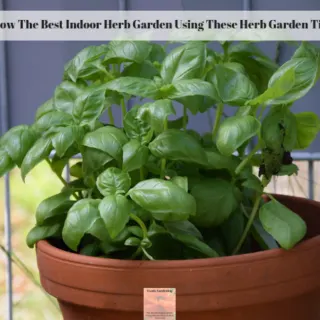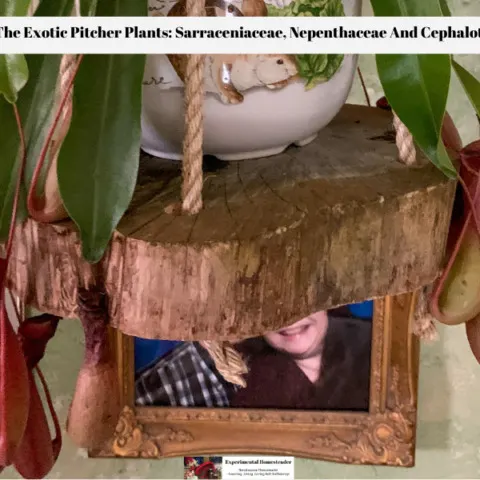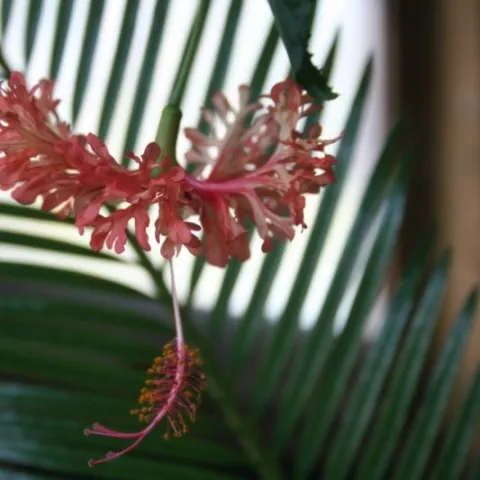Some of the facts about spider plants that I'm about to share with you go way beyond their reputation as low-maintenance, beginner-friendly houseplants.
Sure, they’re easy to grow, but did you know they’re packed with unique qualities that make them a standout addition to any home?
Spider plants, scientifically known as Chlorophytum comosum, are native to South Africa, where they thrive as hardy groundcover in the wild.
Their vibrant green-and-white striped leaves aren’t just eye-catching—they’re also air-purifying powerhouses, capable of removing toxins like formaldehyde and carbon monoxide from your indoor space.
These versatile plants adapt to almost any environment, whether you’re growing them in bright indirect sunlight or experimenting with hydroponics.
Plus, they’re famous for their “spiderettes”—tiny plantlets that dangle like spiders from their runners, making propagation a breeze.
Whether you’re drawn to their aesthetic appeal, their ability to freshen the air, or their symbolism of good luck and health, spider plants have something to offer every plant lover.
Native to South Africa: A Wild Groundcover
Spider plants, scientifically known as Chlorophytum comosum, originate from the warm and sunny landscapes of South Africa.
In their natural habitat, these versatile plants thrive as groundcover, gracefully spreading across forest floors and open areas with ease.
Their long, arching leaves form dense, lush mats that not only stabilize the soil but also create an attractive green carpet in the wild.
What makes spider plants truly remarkable is their hardy nature and ability to adapt to various environmental conditions, from drought-prone areas to shaded forest undergrowth.
These qualities make them one of the most resilient and dependable houseplants you can own.
Whether you’re a seasoned gardener or a total beginner, a spider plant will reward you with its forgiving nature and low-maintenance care.
Are you thinking of adding one to your collection?
Don’t miss my detailed guide on How to Grow Spider Plants for expert tips on care and propagation!
Air-Purifying Powerhouses
Spider plants aren’t just pretty; they’re practical too.
Known for their cascading green-and-white striped leaves, spider plants also work hard behind the scenes to improve the quality of the air in your home.
According to NASA's Clean Air Study, spider plants rank among the top air-purifying houseplants, making them a natural choice for a healthier living environment.
These plants are particularly effective at removing common indoor pollutants like carbon monoxide, formaldehyde, and even xylene, which can accumulate from household products, paints, and furniture.
What makes this even better is that spider plants are incredibly low-maintenance, so even if you’re not a seasoned gardener, you can enjoy their air-cleansing benefits.
Whether you place one in your bedroom, living room, or home office, you’ll love the fresh vibe they bring.
Curious how lighting can enhance their growth?
Check out my post on Spider Plant Light Requirements: A Key to Growth for more details!
Spider Plants Are Flowering Stars
Did you know spider plants can bloom?
While many people admire these houseplants for their graceful, arching leaves and vibrant spiderettes, they often overlook the delicate beauty of their flowers.
Spider plants produce small, star-shaped white blooms on their long runners, typically in spring or summer.
These flowers are a delightful surprise and a sign that your plant is thriving in its environment.
They often emerge before the plantlets—those adorable spiderettes—begin to form, making the entire process feel like a mini botanical show happening right in your home.
The flowers themselves are simple yet elegant, adding an extra layer of charm to an already stunning plant.
If your spider plant is blooming, it’s a testament to your care and attention, as happy plants are more likely to flower.
Want to make the most of those flowers and plantlets?
Check out my post on 5 Creative Spider Plant Displays for Your Home for inspiring ideas to showcase your thriving greenery in style.
From hanging baskets to tabletop arrangements, there’s no shortage of ways to highlight their natural beauty!
A Mildly Toxic Plant to Cats
While spider plants are perfectly safe for humans, they can pose a mild risk to your feline friends if consumed in large quantities.
For cats, these plants seem to hold a curious allure—many are drawn to their long, grassy leaves, which mimic the texture of natural grasses that cats often nibble on.
However, if your cat indulges too much, it may experience mild digestive upset, such as vomiting or diarrhea.
Interestingly, spider plants are also thought to have a mild hallucinogenic effect on cats, similar to catnip.
This is why some cats might show an unusual fascination with the plant, repeatedly chewing on its leaves or batting at its dangling spiderettes.
While not typically dangerous, it’s best to keep your spider plant out of reach to prevent overindulgence and any resulting discomfort for your furry friend.
Consider placing the plant in a hanging basket or elevated area to protect both your cat and your greenery!
Masters of Low-Light Survival
One of the many reasons spider plants are beloved by plant enthusiasts is their incredible ability to adapt to low-light conditions.
This makes them an excellent choice for spaces that lack direct sunlight, such as offices, bedrooms, or that dim corner in your living room.
Even in less-than-ideal lighting, spider plants can maintain their vibrant green-and-white-striped leaves and continue to grow, making them an easy and forgiving option for beginners.
However, while they are champions of low-light survival, spider plants truly thrive when given bright, indirect sunlight.
If you want to encourage fuller, lusher growth and increase the chances of flowering or producing spiderettes, placing them in a well-lit area is key.
A spot near an east- or north-facing window often works perfectly, as it provides plenty of gentle light without risking leaf scorch from intense direct sun.
Another tip?
Rotate your spider plant occasionally if it’s in a low-light location to ensure even growth and prevent it from leaning toward a single light source.
Whether it’s bright or dim, this plant’s ability to adapt to almost any environment makes it a perfect companion for any corner of your home.
Hydroponic Adventures
Have you ever considered growing a spider plant in water?
It’s not only possible—it’s a fascinating way to experiment with this already versatile plant!
Spider plants are incredibly resilient and can survive for weeks, or even months, in just water, making them an ideal candidate for a hydroponic adventure.
This setup is not only low-maintenance but also provides a unique and visually appealing way to showcase the plant’s vibrant roots and cascading foliage.
To get started, simply snip off a healthy spiderette (one of those baby plants dangling from the mother plant’s runners).
Place the base of the spiderette in a clear jar or glass filled with water, ensuring the bottom of the plant is submerged while the leaves remain above the surface.
Over time, you’ll watch as roots begin to develop, a process that’s both rewarding and educational for plant enthusiasts of all skill levels.
Hydroponically grown spider plants also make a beautiful decorative piece.
Line up jars along a windowsill or display them on a shelf for a minimalist, modern touch to your home décor.
Just be sure to change the water every couple of weeks to keep it fresh and prevent algae growth.
If you want to keep your plant growing in water long-term, consider adding a small amount of liquid fertilizer to ensure it gets the nutrients it needs to thrive.
Or, if you’re ready to transition it back to soil, simply pot it up once the roots have grown several inches long.
This adaptability makes spider plants an exciting and forgiving option for experimenting with hydroponics.
Whether you're a seasoned gardener or just looking for a fun DIY plant project, spider plants are the perfect choice to try your hand at hydroponic gardening!
A Symbol of Good Luck
Spider plants aren’t just beautiful; they’ve also been treasured as symbols of good luck, health, and prosperity in many cultures around the world.
Their cascading, arching leaves, which seem to grow endlessly, are seen as a representation of abundance and vitality.
In Feng Shui, spider plants are considered to attract positive energy and promote balance within the home.
Placing one in a living space or near an entryway is thought to encourage growth and harmony in life and relationships.
These associations make spider plants a particularly thoughtful and meaningful gift for special occasions.
Whether it’s for a housewarming, a wedding, or even to celebrate a new job or milestone, spider plants symbolize the start of something prosperous and full of potential.
Their ability to grow quickly and produce baby plants (spiderettes) also ties them to themes of renewal and the promise of a bright future.
Beyond their symbolic meanings, the spider plant’s low-maintenance care requirements and air-purifying qualities add a practical layer of thoughtfulness to the gesture.
They’re perfect for anyone, from seasoned plant enthusiasts to those just starting their indoor gardening journey.
So, the next time you’re looking for a meaningful gift or want to invite a little extra luck and abundance into your own life, consider adding a spider plant to the mix.
Not only will it bring vibrant greenery into your space, but it might just bring a bit of good fortune, too!
Brown Tips? Don’t Panic!
Have you noticed brown tips on your spider plant’s leaves?
Don’t worry—your plant isn’t dying, and this common issue is more of a cosmetic concern than a serious health problem.
Brown tips are typically caused by fluoride or chlorine present in tap water, both of which can build up in the soil over time and affect the plant's leaf edges.
Spider plants are sensitive to these chemicals, so if you’re seeing this issue, it’s a sign that it’s time to tweak your watering routine.
To help your spider plant bounce back, try switching to distilled water, rainwater, or even water that has been left out overnight to allow the chlorine to evaporate.
Using these alternatives can significantly reduce the buildup of harmful chemicals in the soil and keep those leaves looking lush and healthy.
Another possible culprit for brown tips is over-fertilization.
Spider plants don’t need a lot of extra nutrients, so fertilizing too often or using a fertilizer that’s too strong can burn the leaves and cause browning.
If you suspect this is the issue, flush the soil with clean water to remove excess salts and hold off on fertilizing for a while.
Low humidity is another factor to consider.
Spider plants thrive in moderate humidity, and if your home is particularly dry—especially in the winter months—this could be contributing to the brown tips.
Placing a humidifier near your plant, misting the leaves occasionally, or grouping it with other plants can help boost humidity levels and keep the foliage looking vibrant.
By identifying and addressing the underlying cause, you’ll have your spider plant looking as good as new in no time.
Remember, even with a few brown tips, spider plants are hardy and forgiving, so they’ll continue to grow and thrive with just a little extra care!
The Story Behind Their Name
Have you ever wondered how spider plants got their name?
The answer lies in their unique and captivating growth habit.
Spider plants produce long, slender runners that cascade gracefully from the main plant, creating an elegant and eye-catching display.
At the end of these runners, small baby plants, called spiderettes, dangle like tiny ornaments.
These spiderettes resemble little spiders hanging in a web, which inspired the common name "spider plant."
While the idea of spiders might send a shiver down some spines, there’s no denying the charm and beauty of this plant’s cascading structure.
The runners and spiderettes add a dynamic, almost sculptural quality to the plant, making it a favorite for hanging baskets, shelves, or even as a centerpiece in a well-lit room.
Interestingly, the resemblance doesn’t stop with their appearance.
Like a spider spinning a web, the spider plant is a master of propagation.
Those dangling spiderettes are essentially new plants waiting to grow roots and start their own journey.
All you have to do is snip one off, plant it in soil, or place it in water, and you’ve got a whole new spider plant to share or add to your collection.
This distinctive growth habit not only gives the plant its name but also contributes to its reputation as a symbol of abundance, growth, and renewal.
It’s fascinating to think how a plant as simple and easygoing as the spider plant carries such a unique and descriptive name, perfectly capturing its natural beauty and propagation prowess.
Whether you love spiders or not, the elegance of this plant’s design is sure to win you over!
Spider Plant Propagation Made Easy
If you’re new to gardening, spider plants might just become your favorite plant to grow and share.
One of their most endearing traits is how incredibly easy they are to propagate, making them a perfect choice for beginner gardeners or anyone looking to expand their indoor plant collection.
Spider plants naturally produce baby plants, known as spiderettes, which hang from long runners extending out from the mother plant.
These spiderettes are essentially ready-to-go new plants, making propagation foolproof and rewarding.
To propagate, all you need to do is snip off a healthy spiderette and place it in soil or water.
If you’re planting it in soil, gently press the base of the spiderette into moist potting mix, ensuring the roots or root nodes are in contact with the soil.
If you prefer water propagation, simply place the base of the spiderette in a glass of water, ensuring the leaves stay above the waterline.
Within a week or two, you’ll notice roots beginning to form!
Once the roots are well-developed, transfer the plantlet to a pot with soil, and watch it thrive.
One of the best things about spider plant propagation is how quickly the process happens.
In no time, you’ll have a whole new plant to add to your indoor jungle or gift to a friend.
The ease of propagation also makes spider plants a fantastic choice for teaching kids about gardening—they’ll love watching the spiderettes grow roots and transform into full plants.
If your goal is to create a lush indoor space, you can even leave the spiderettes attached to the mother plant and display them in hanging baskets for a cascading effect.
Not sure where to begin?
Check out my guide on How to Grow SpiderPlants for more tips and tricks to help you propagate with confidence.
Before long, you’ll have a thriving collection of spider plants to enjoy and share!


